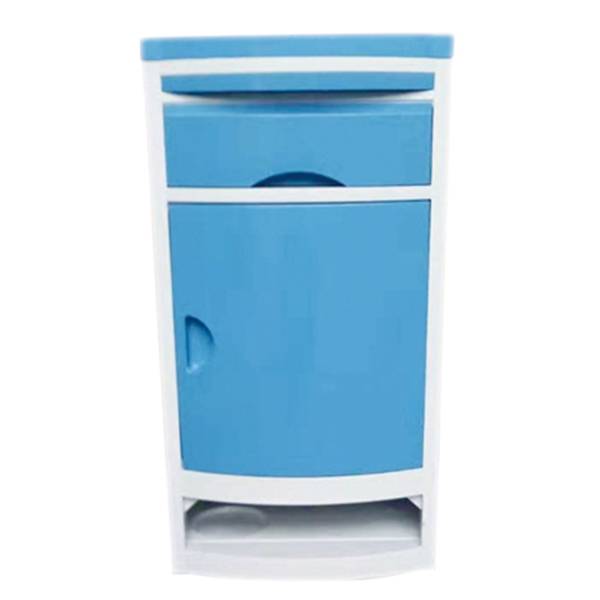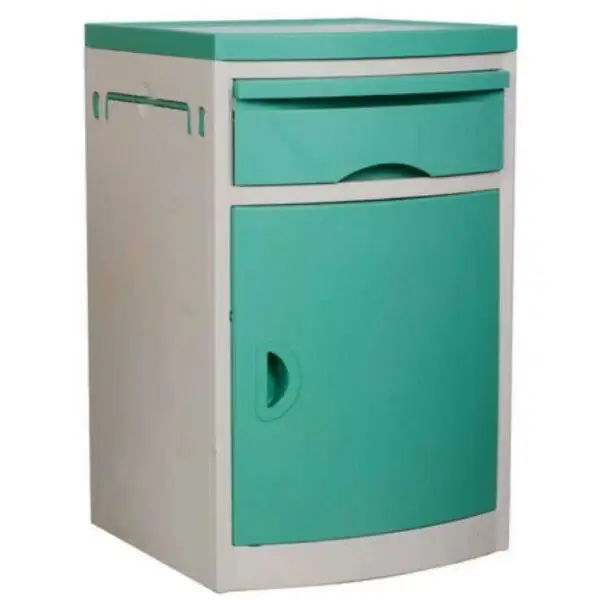Adresse
304, rue Cardinal Nord
Centre Dorchester, MA 02124
Heures de travail
Du lundi au vendredi : 7h - 19h
Week-end : 10h - 17h
Adresse
304, rue Cardinal Nord
Centre Dorchester, MA 02124
Heures de travail
Du lundi au vendredi : 7h - 19h
Week-end : 10h - 17h

Dans ce blog, nous explorerons comment les meubles d'hôpital de chevet contribuent à une meilleure expérience pour les patients, les caractéristiques qui les rendent essentiels.
Bienvenue sur mon blog !
Avant de plonger dans le contenu, j'aimerais que vous me rejoigniez sur mes plateformes de médias sociaux où je partage plus d'informations, interagis avec la communauté et publie des mises à jour. Voici comment vous pouvez me contacter :
Facebook :https://www.facebook.com/profile.php?id=100071234835011
LinkedIn :https://www.linkedin.com/company/74943205/admin/dashboard/
YouTube :https://www.youtube.com/@shandongexpertmedicalequip4695
TikTok :https://www.tiktok.com/@expertmedical
Commençons maintenant notre voyage ensemble. J'espère que vous trouverez le contenu ici instructif, engageant et utile.
In the ever-evolving landscape of healthcare, patient comfort is paramount. One often overlooked component in hospital settings is the bedside locker. These simple pieces of furniture play a vital role in enhancing patient comfort and convenience during their hospital stay. In this blog, we will explore how bedside locker hospital furniture contributes to a better patient experience, the features that make them essential, and how they can be effectively utilized in various medical settings.

Bedside locker hospital furniture serves as a primary storage solution for patients. With easy access to personal items, medications, and essentials, bedside lockers allow patients to have everything they need within arm’s reach. The enhancement of accessibility not only makes patients feel more comfortable but also promotes their independence, which can positively affect their overall mental well-being.
A well-organized environment is crucial for facilitating recovery. Bedside lockers provide an efficient way to store personal belongings, reducing clutter in the patient’s immediate space. By offering designated compartments for various items such as books, toiletries, and medical necessities, these lockers help patients maintain a sense of normalcy, contributing to their emotional comfort during a potentially stressful time.
Bedside lockers are designed with the patient in mind. Many models include features such as:
These design elements ensure that bedside lockers are not only functional but also enhance the safety and comfort of patients.
In many hospital rooms, space is at a premium. Bedside locker hospital furniture is designed to fit seamlessly into tight spaces. Compact yet spacious enough to hold essential items, these lockers allow for better room organization, ultimately leading to a calmer and more comfortable environment for patients.
With the growing integration of technology in healthcare, many bedside lockers now come equipped with charging ports for electronic devices. This feature is particularly important as patients often rely on their phones or tablets for communication and entertainment during their hospital stay. Having easy access to charging facilities further enhances patient satisfaction and comfort.
Autonomy is a significant factor in patient satisfaction. When patients can access their belongings easily, it empowers them and fosters a sense of control over their environment. Bedside lockers enhance patient autonomy, allowing them to manage their personal items and medication independently, which can be pivotal in their recovery journey.
Hygiene is a top priority in healthcare settings. Bedside lockers are designed to minimize the risk of infection. By providing a designated space for personal items, hospitals can help reduce clutter and promote cleanliness. Moreover, the materials used in these lockers are often resistant to bacteria, contributing to a healthier environment for patients.
Hospital stays can be anxiety-inducing for many patients. A bedside locker provides a familiar space where personal items can be stored, helping to create a sense of home. The ability to have comfort items like books, photographs, or personal toiletries close at hand can significantly reduce feelings of isolation and anxiety, facilitating a more positive hospital experience.
| Caractéristique | Standard Locker | Advanced Locker | Premium Locker |
|---|---|---|---|
| Lockable Drawers | Oui | Oui | Oui |
| Hauteur réglable | Non | Oui | Oui |
| Built-in Charging Ports | Non | Oui | Oui |
| Easy-to-clean Surface | Oui | Oui | Oui |
| Materials | MDF | High-density Polyethylene | Acier inoxydable |
| Wheel Mobility | Non | Facultatif | Oui |

When selecting bedside lockers, it’s essential to consider the specific needs of the patient population. For instance, pediatric wards may require fun and colorful designs, while geriatric wards may benefit from features that enhance accessibility and ease of use.
Assess the available space in hospital rooms to ensure that the selected bedside lockers do not overcrowd the area. Opting for space-saving designs can help maintain a clutter-free environment conducive to recovery.
Choose lockers made from materials that are both durable and easy to clean. This will help maintain optimal hygiene standards while ensuring that the furniture can withstand the everyday wear and tear of a hospital environment.
In conclusion, bedside locker hospital furniture is much more than just a piece of functional equipment; it is an integral part of the patient care experience. By enhancing accessibility, supporting patient autonomy, and maintaining hygiene, these lockers play a key role in promoting patient comfort and better outcomes. As hospitals continue to prioritize the well-being of their patients, investing in high-quality bedside lockers should be a top consideration.
A bedside locker hospital is a storage cabinet located in hospital rooms that provides patients with a place to store personal items, making it convenient for them during their hospital stay.
Bedside lockers in hospitals are typically designed to fit small spaces and provide enough storage capacity for patients’ personal belongings, books, and medical supplies.
Most bedside lockers in hospitals are equipped with locks and keys to ensure the security of patients’ belongings. Some hospitals also offer digital lock systems for enhanced security.
Patients should ensure that valuable items are securely stored and periodically check the locker to prevent loss or confusion with other people’s items.
Bedside lockers in hospitals are usually located near the patient rooms; patients can ask the nursing staff for specific locations.
Patients can use the bedside locker hospital during their hospital stay, until discharge. However, it is important to empty the locker of all stored items upon discharge.
Storing medication in a bedside locker hospital must comply with the hospital’s regulations, as certain medications may require special storage in a medicine cabinet.
If you lose the key, you should immediately contact the nursing staff; they will provide a solution, such as unlocking the locker or replacing the lock.
While it is not mandatory, it is recommended to store valuable and personal items in a bedside locker hospital to avoid loss or damage.
The cleaning and maintenance of bedside lockers in hospitals are typically handled by hospital staff, although patients are also encouraged to keep their lockers tidy.